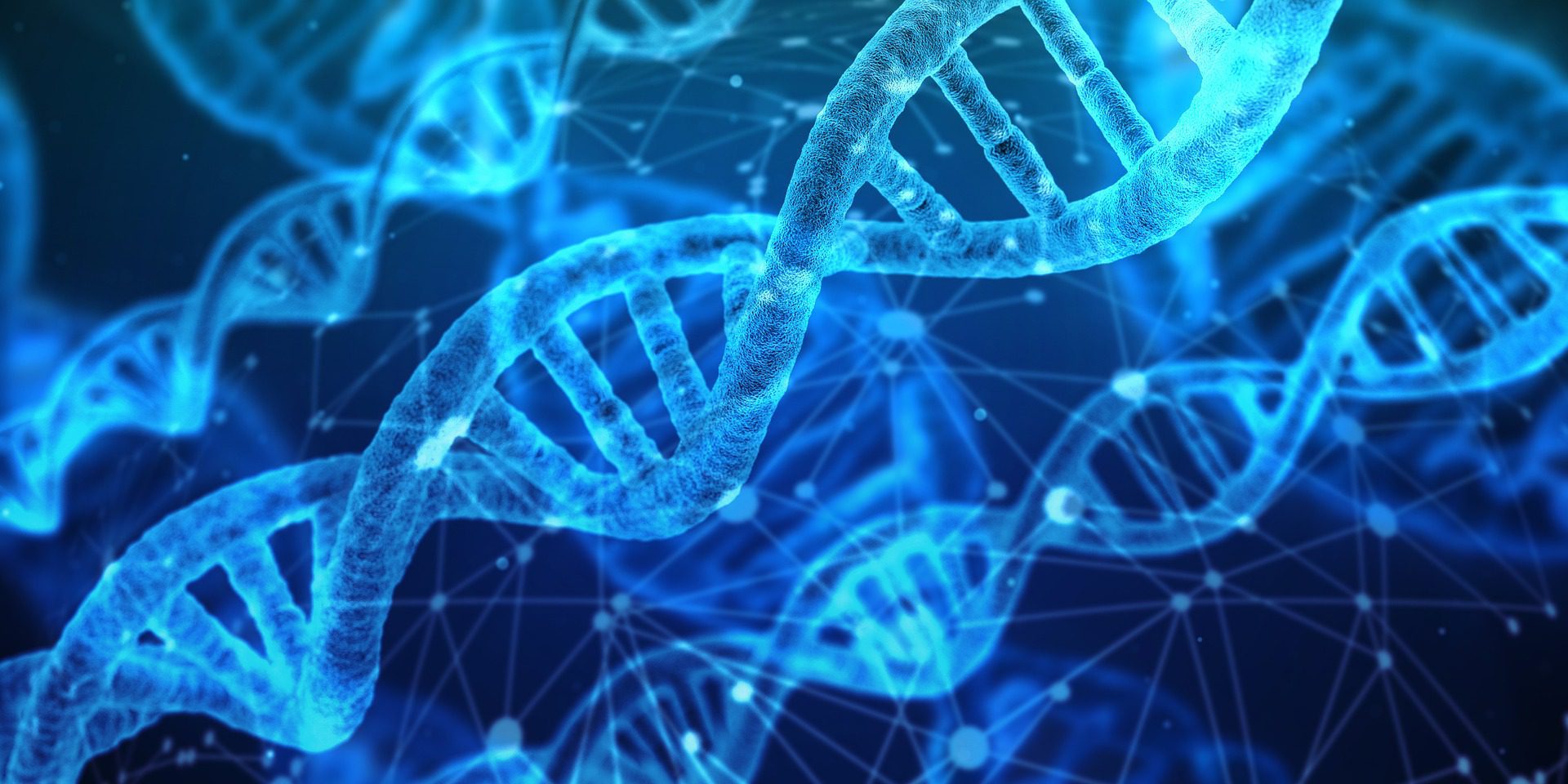
Next generation sequencing (NGS) and qPCR applications dominate many areas of life science today, from basic research to clinical diagnostics and drug discovery. These applications are highly sensitive and require scientists to start with high quality DNA in order to get reliable and meaningful data.
While there is no formal standard for what defines good DNA, there is a universal understanding that it is high integrity, free of impurities, and a suitable concentration for the application at hand.
Good DNA Has Integrity
Integrity refers to the overall intactness of the DNA sample and takes into account degradation and shearing. Your application will determine how large and intact the DNA fragments in your samples need to be and you should optimize your isolation method accordingly. For example, if isolating genomic DNA for PCR cloning, you can usually get away with some degree of fragmentation and degradation. However, for quantitative applications and workflows that require high molecular weight DNA such as long-read sequencing, you should aim for DNA of the highest possible integrity.
The overall intactness of a DNA sample can be easily compromised by shearing, which can occur when over-vortexing or even by applying too much force when manually pipetting. Automation removes this danger by offering consistent control over mixing speed and repetitions. This ensures consistency and reliability in sample sizes and results, as well as reducing opportunities for user error.
Good DNA Is Pure
Ideally, your DNA samples should only consist of DNA in its eluent or storage buffer. One common source of impurities is carryover from the DNA isolation and purification process, such as organic solvents and salts. Depending on the sample type, other materials present in the original sample may survive the isolation and purification process, such as microbial and plant metabolites, pigments and cell wall components, and other impurities. Any of these may interfere with or even inhibit downstream steps in the workflow and should therefore be removed.
Because automation uses magnetic beads to obtain sample purity rather than a manual process, it can be more effective. When added to samples, these beads attract and bind unwanted materials to themselves. A magnet then holds the beads to the bottom of the tube, drawing the beads and unwanted particles downward while the remaining sample can be washed and made ready for the next step in the workflow. Here’s an example of a nucleic acid purification protocol from the Opentrons Protocol Library.
Good DNA Has Proper Concentration
While DNA concentration itself is not always a direct measure of quality — low biomass samples inevitably yield DNA at low concentrations — the ability to accurately measure DNA concentration is a critical part of the quality control process for most applications, especially where quantitative analysis is carried out, or where a specific DNA concentration is needed for downstream workflows like microbial cloning or NGS.
If you’d like to discuss how automation can help your DNA purification workflow, we’d be happy to help walk you through it with a free phone consultation.